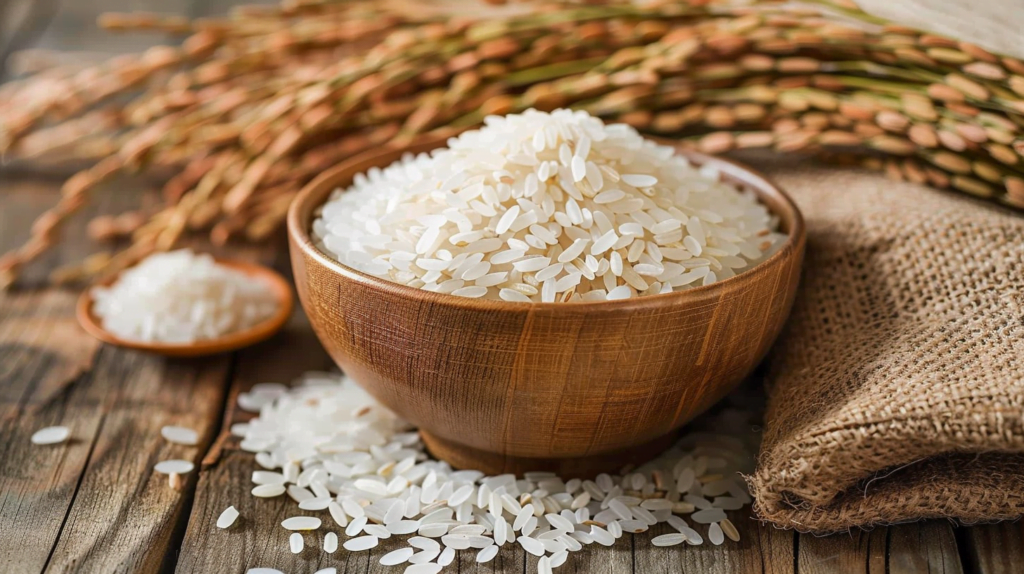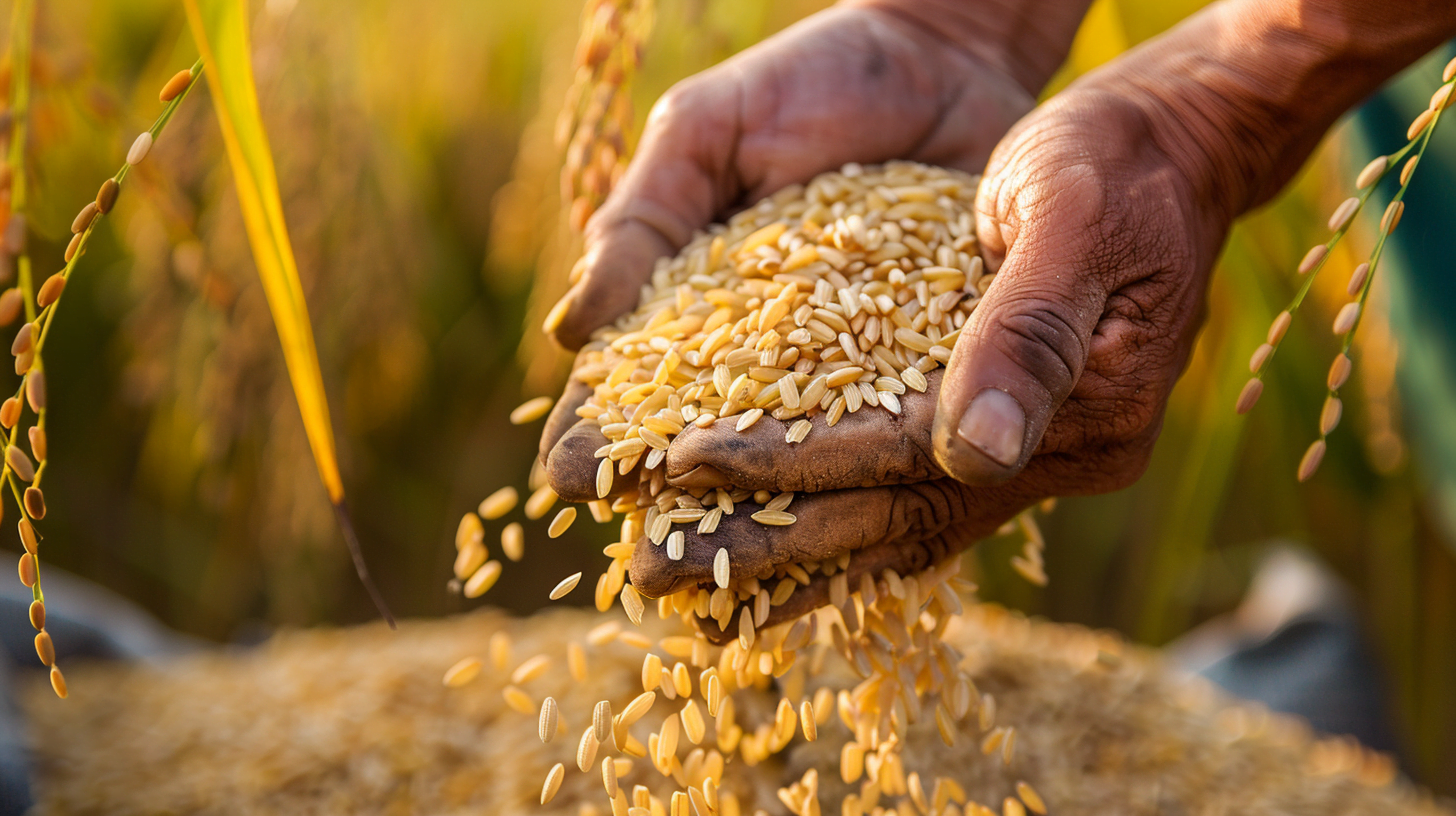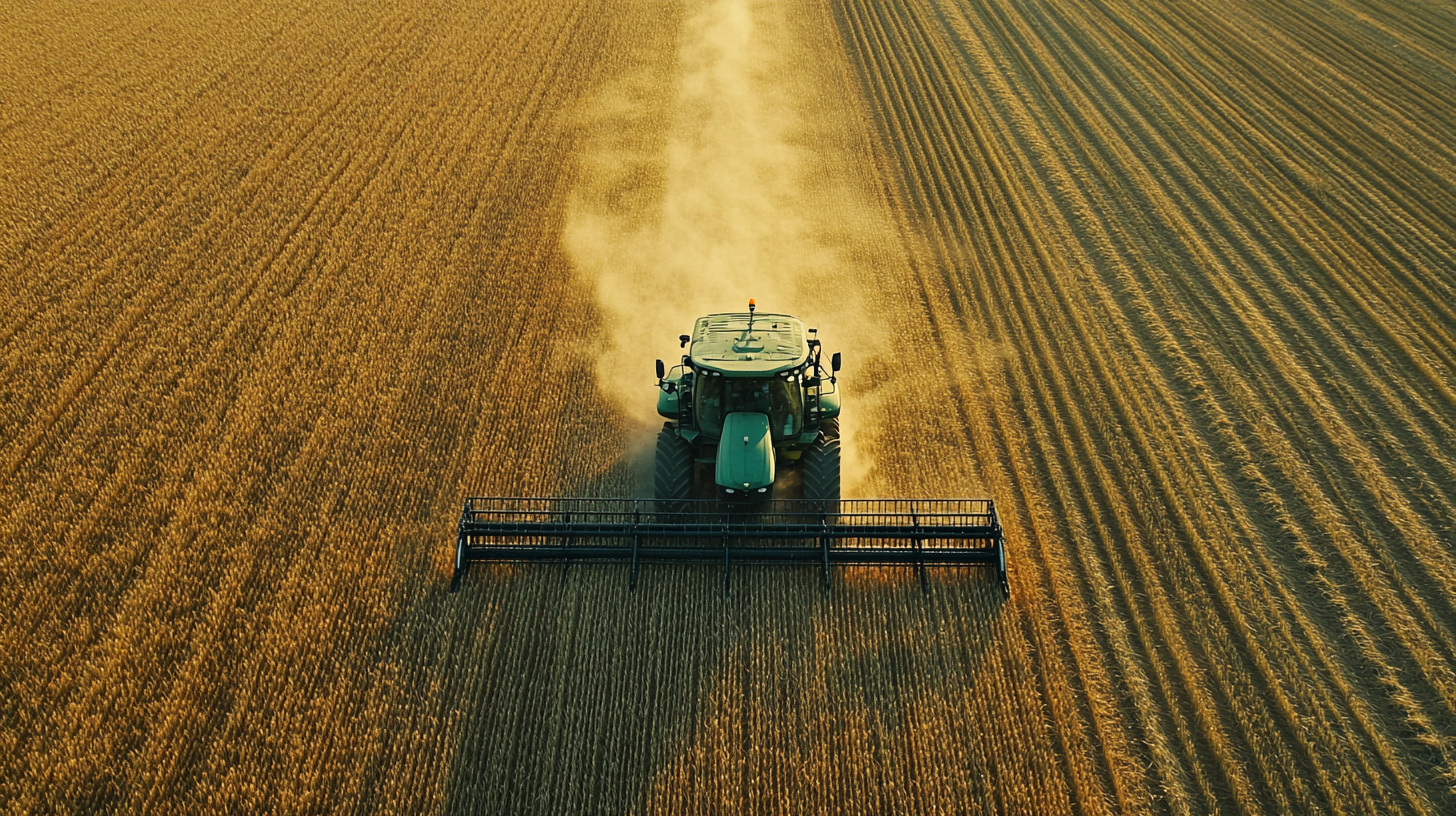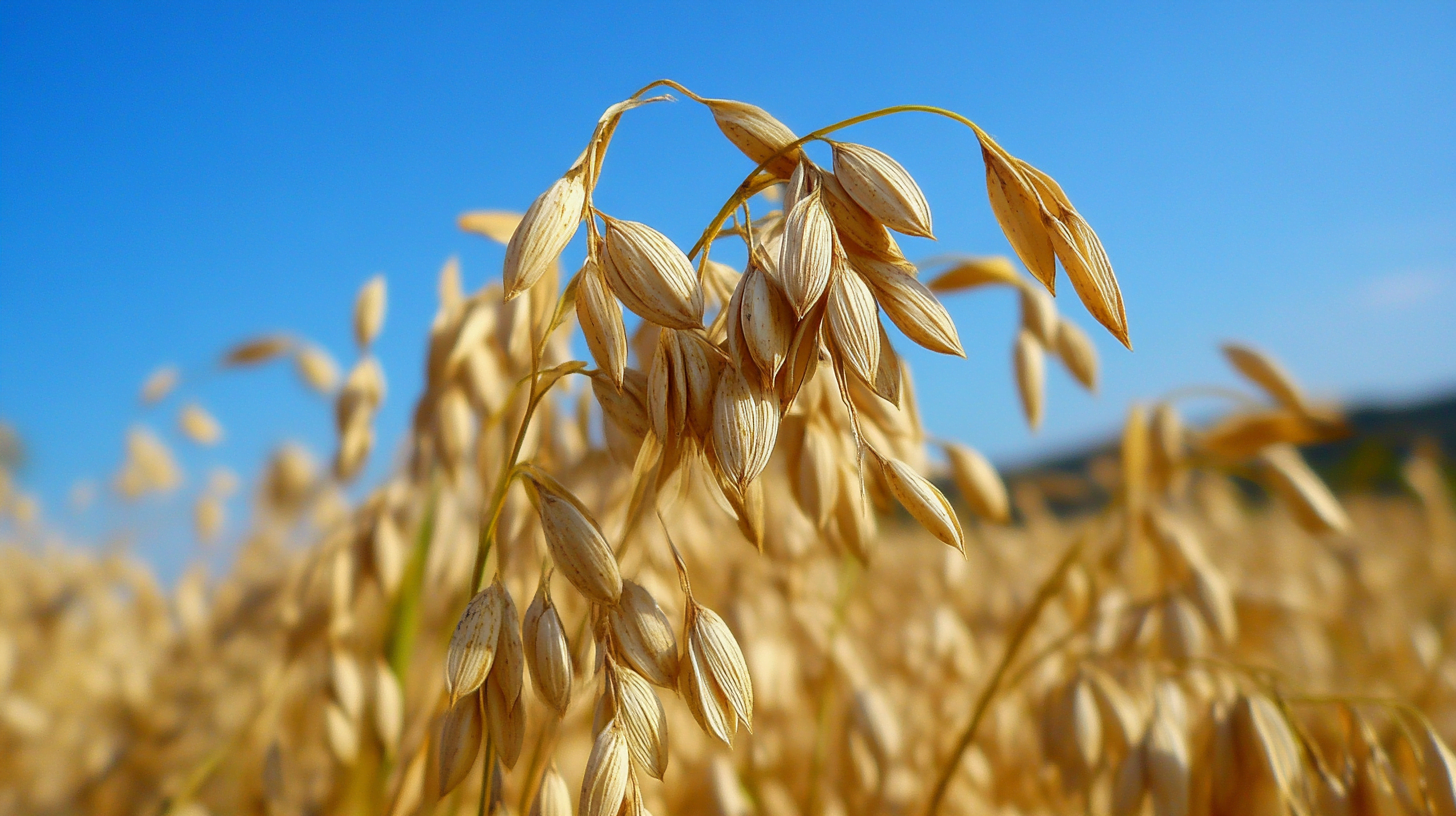Table of Contents
Rice, the tiny grain that feeds billions, plays a crucial role in global food security. But have you ever wondered just how much rice is produced worldwide? Let’s dive into the fascinating world of global rice production, exploring its scale, impact, and future.
The Scale of Global Rice Production
When we talk about worldwide rice production, we’re dealing with staggering numbers. In 2023, global rice production reached a whopping 520 million metric tons. To put that into perspective, if we loaded all that rice onto trucks, the line would circle the Earth more than twice!
Here’s how rice stacks up against other major crops:
| Crop | Annual Production (million metric tons) |
|---|---|
| Rice | 520 |
| Wheat | 785 |
| Corn | 1,220 |
| Soybeans | 390 |
While rice doesn’t top the list, its production is still mind-boggling. And it’s been on an upward trend. Over the past decade, worldwide rice output has increased by about 1.5% annually, thanks to improved farming techniques and higher-yielding varieties.
Top Rice-Producing Countries
When it comes to rice production, not all countries are created equal. Let’s look at the heavy hitters:
- China: The undisputed champion, producing over 200 million metric tons annually.
- India: A close second, with around 180 million metric tons.
- Bangladesh: Surprising many, this small country produces about 55 million metric tons.
- Indonesia: Another Southeast Asian powerhouse, contributing 54 million metric tons.
- Vietnam: Rounding out the top five with 44 million metric tons.
But it’s not just Asia in the game. Some unexpected players include:
- Brazil: The largest producer in Latin America
- Egypt: Leading the charge in Africa
- Italy: Europe’s rice bowl, especially known for risotto rice

Factors Influencing Worldwide Rice Production
The amount of rice produced globally doesn’t just depend on farmers planting seeds. Several factors come into play:
Climate and Geography
Rice is a thirsty crop, requiring lots of water. Regions with monsoon climates or extensive river deltas, like the Mekong or Ganges, are prime rice-growing areas. However, climate change is shaking things up, with unpredictable rainfall patterns affecting yields.
Technology
From GPS-guided tractors to drones monitoring crop health, technology is revolutionizing rice farming. These advancements have significantly boosted yields in recent years.
Economic and Political Factors
Government policies, trade agreements, and market demands all influence how much rice farmers choose to grow. For instance, China’s self-sufficiency policy has kept its production high.
The Rice Production Process
Ever wondered how that bag of rice in your pantry came to be? Let’s walk through the process:
- Planting: Seeds are sown in nurseries or directly in flooded fields.
- Growing: Rice plants spend 3-6 months maturing, depending on the variety.
- Harvesting: Once golden, the rice is cut and threshed to separate grains from stalks.
- Drying: The moisture content is reduced to prevent spoilage.
- Milling: The outer husk is removed, resulting in brown rice. Further milling produces white rice.
This process hasn’t changed much over centuries, but modern machinery has made it more efficient.
Challenges in Global Rice Production
Producing over 500 million tons of rice isn’t without its hurdles. Here are some major challenges:
- Water Scarcity: Rice is incredibly water-intensive. As freshwater becomes scarcer, this poses a significant threat.
- Pests and Diseases: From stem borers to rice blast fungus, farmers constantly battle crop destroyers.
- Labor Shortages: As rural populations migrate to cities, finding farm workers becomes harder.
- Environmental Concerns: Rice paddies are significant methane emitters, contributing to climate change.
Innovations Boosting Rice Production
Despite these challenges, clever solutions are emerging:
- Genetic Modifications: Scientists are developing rice varieties that need less water or resist pests better.
- Sustainable Practices: Systems like the System of Rice Intensification (SRI) increase yields while using fewer resources.
- Precision Agriculture: Drones and satellites help farmers make data-driven decisions, optimizing resource use.
The Economic Impact of Worldwide Rice Production
Rice isn’t just food; it’s big business. The global rice market was valued at $295 billion in 2023. Here’s how it breaks down:
- Top Exporters: India, Thailand, Vietnam
- Top Importers: China, Nigeria, Philippines
Rice prices can be volatile, affected by factors like weather events, export bans, and changing diets. For instance, when India banned non-basmati rice exports in 2023, global prices surged by 20%.
Future Projections for Global Rice Production
Looking ahead, experts predict global rice production will need to increase by 25% by 2050 to meet rising demand. This growth is expected to come from:
- Yield improvements in existing rice-growing areas
- Expansion of rice cultivation in Africa
- Development of rice varieties tolerant to climate change
However, challenges like water scarcity and climate change could throw a wrench in these plans.
Sustainability in Rice Production
As awareness of environmental issues grows, so does the focus on sustainable rice production. Some promising approaches include:
- Alternate Wetting and Drying: This technique reduces water use and methane emissions.
- Organic Rice: While still a small percentage, organic rice production is growing.
- Upcycling Rice Husks: Instead of burning rice husks, they’re being used for everything from electricity generation to building materials.

Conclusion
From the vast paddies of China to the high-tech farms of California, rice production is a global endeavor of immense scale. As we’ve seen, the amount of rice produced worldwide is not just a number—it’s a reflection of our agricultural capabilities, technological advancements, and the challenges we face in feeding a growing population.
Understanding the scale and complexity of global rice production helps us appreciate the grain on our plates and the intricate system that brought it there. As we look to the future, balancing increased production with sustainability will be key to ensuring rice continues to feed billions for generations to come.
FAQs
Q: How much rice does the average person consume annually?
A: The global average is about 54 kg (119 lbs) per person per year, but this varies widely by region. In Asia, it can be over 100 kg per person!
Q: Which country consumes the most rice per capita?
A: Bangladesh takes the crown, with the average person consuming about 172 kg of rice per year.
Q: How has rice production changed over the last century?
A: Global rice production has more than quadrupled since 1960, largely due to the Green Revolution and improved farming techniques.
Q: What’s the difference between white and brown rice production?
A: The production process is the same up to milling. Brown rice is minimally processed, retaining its bran layer, while white rice undergoes further milling to remove the bran.
Q: How does rice production impact global water resources?
A: Rice cultivation uses about 40% of the world’s irrigation water. However, new farming methods are reducing this water footprint.



